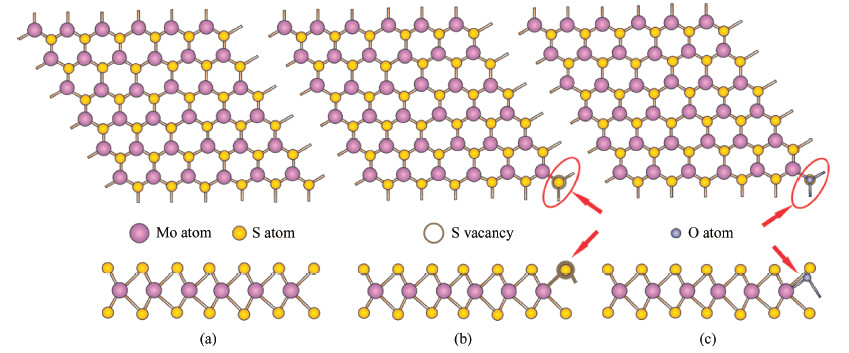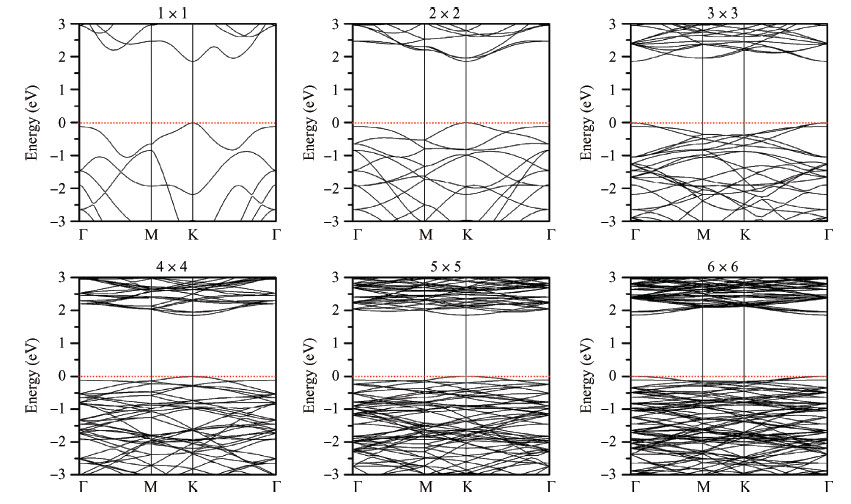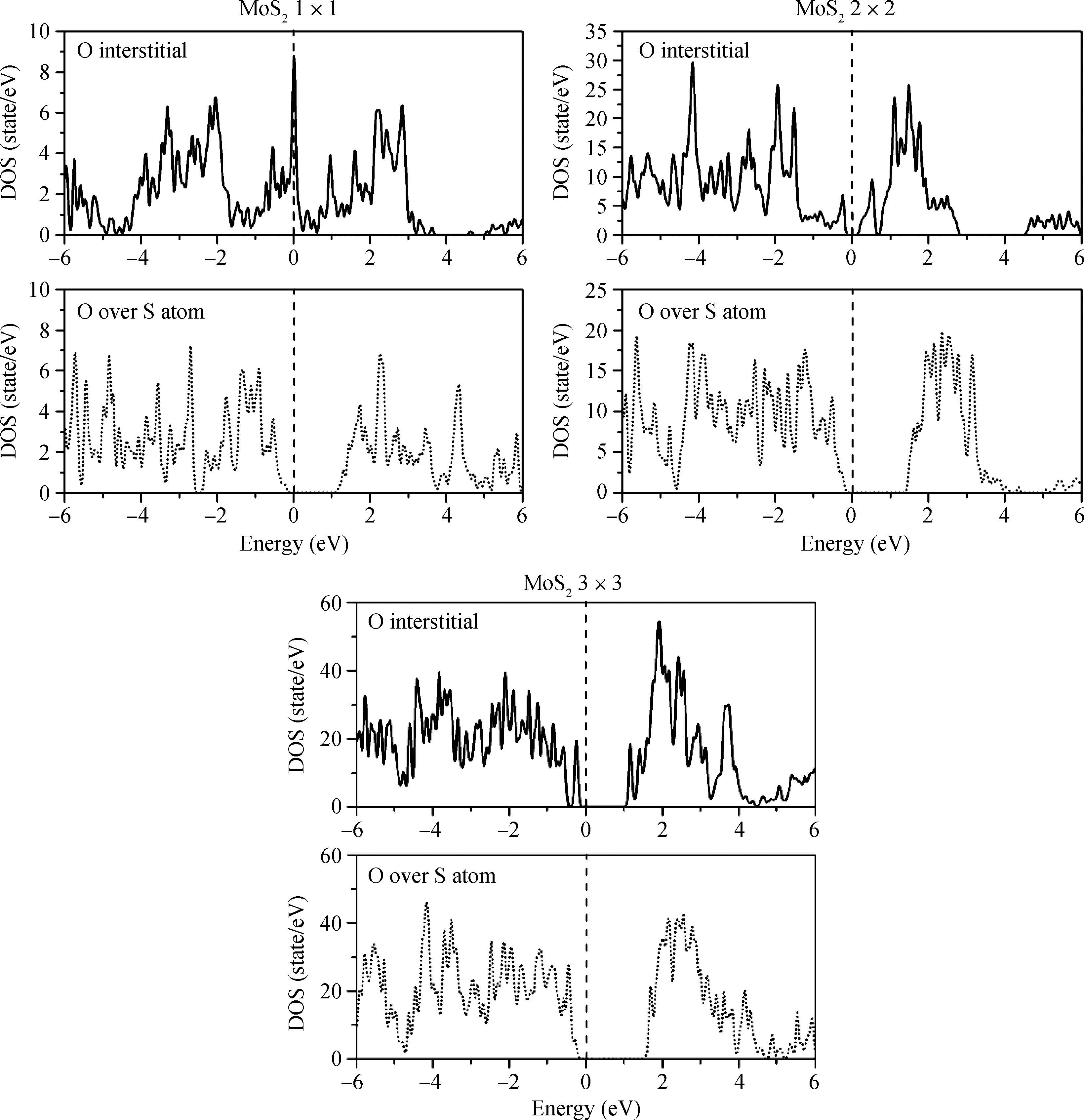| Citation: |
Anna V. Krivosheeva, Victor L. Shaposhnikov, Victor E. Borisenko, Jean-Louis Lazzari, Chow Waileong, Julia Gusakova, Beng Kang Tay. Theoretical study of defect impact on two-dimensional MoS2[J]. Journal of Semiconductors, 2015, 36(12): 122002. doi: 10.1088/1674-4926/36/12/122002
****
A. V. Krivosheeva, V. L. Shaposhnikov, V. E. Borisenko, J L. Lazzari, C Waileong, J Gusakova, B. K Tay. Theoretical study of defect impact on two-dimensional MoS2[J]. J. Semicond., 2015, 36(12): 122002. doi: 10.1088/1674-4926/36/12/122002.
|
Theoretical study of defect impact on two-dimensional MoS2
DOI: 10.1088/1674-4926/36/12/122002
More Information
-
Abstract
Our theoretical findings demonstrate for the first time a possibility of band-gap engineering of monolayer MoS2 crystals by oxygen and the presence of vacancies. Oxygen atoms are revealed to substitute sulfur ones, forming stable MoS2-xOx ternary compounds, or adsorb on top of the sulfur atoms. The substituting oxygen provides a decrease of the band gap from 1.86 to 1.64 eV and transforms the material from a direct-gap to an indirect-gap semiconductor. The surface adsorbed oxygen atoms decrease the band gap up to 0.98 eV depending on their location tending to the metallic character of the electron energy bands at a high concentration of the adsorbed atoms. Oxygen plasma processing is proposed as an effective technology for such band-gap modifications.-
Keywords:
- two-dimensional crystal,
- molybdenum disulfide,
- band gap,
- vacancy,
- oxygen
-
References
[1] [2] [3] [4] [5] [6] [7] [8] [9] [10] [11] [12] [13] [14] [15] [16] [17] [18] [19] [20] [21] [22] [23] [24] [25] [26] [27] [28] [29] [30] [31] -
Proportional views






 DownLoad:
DownLoad:



















